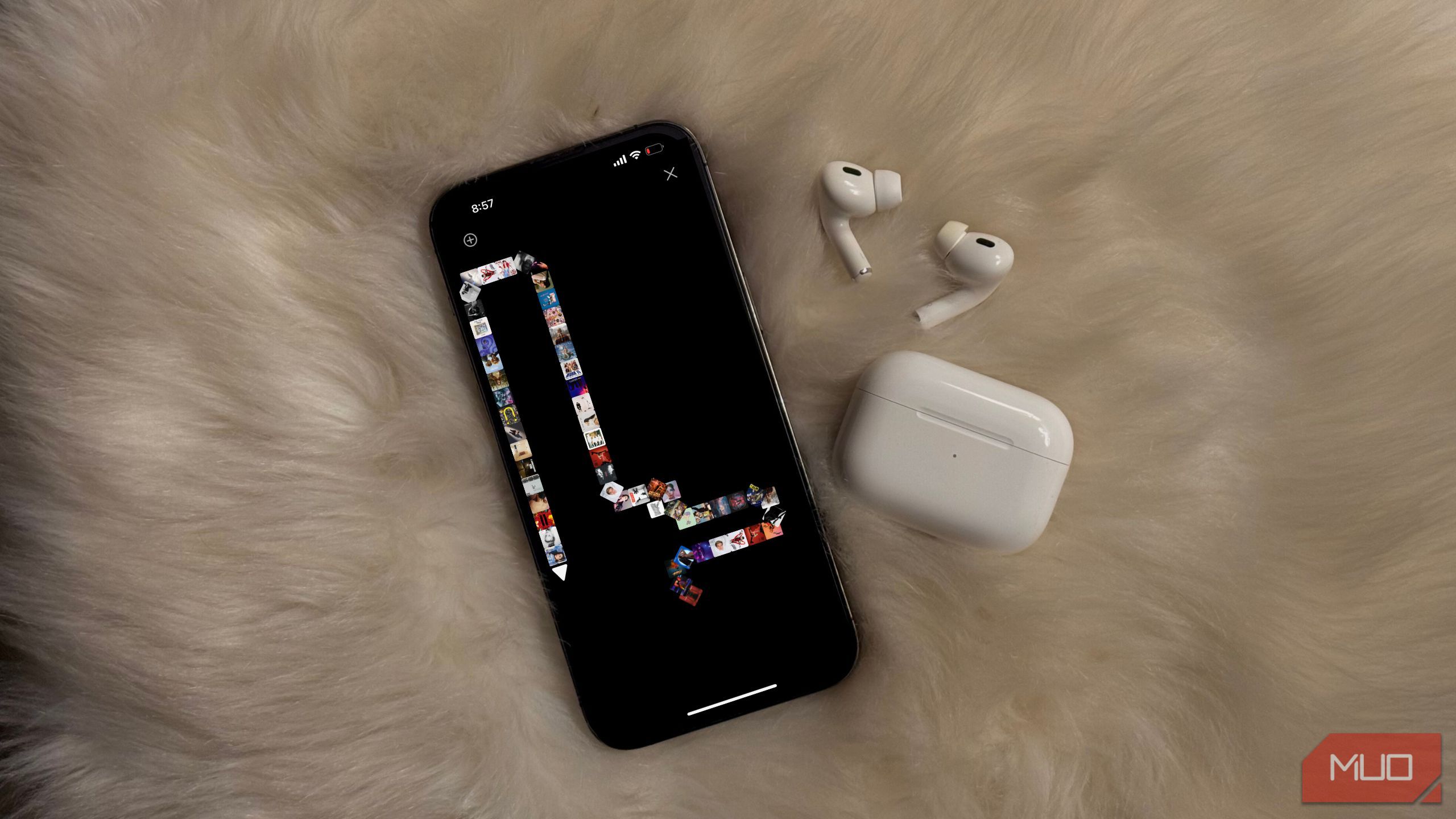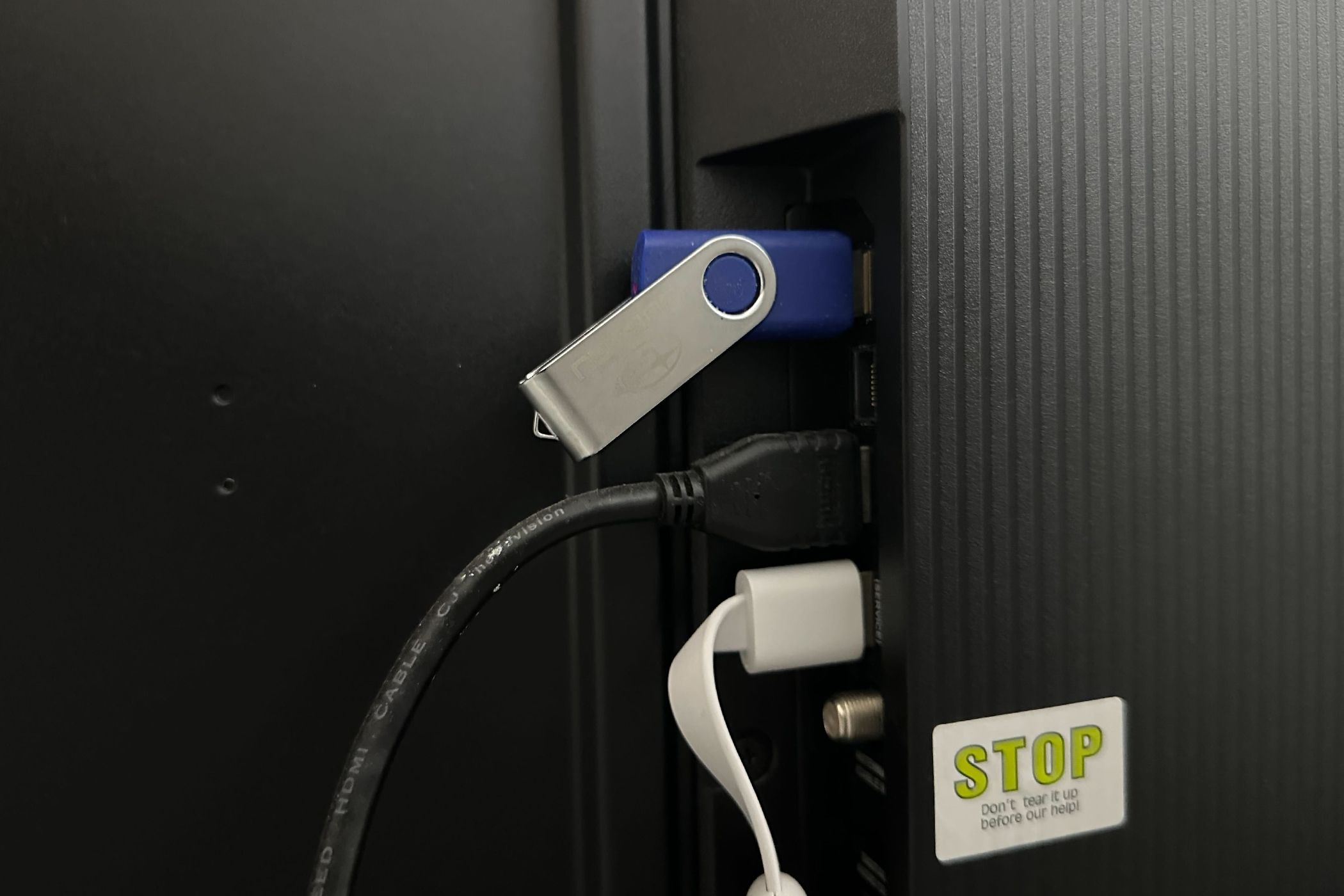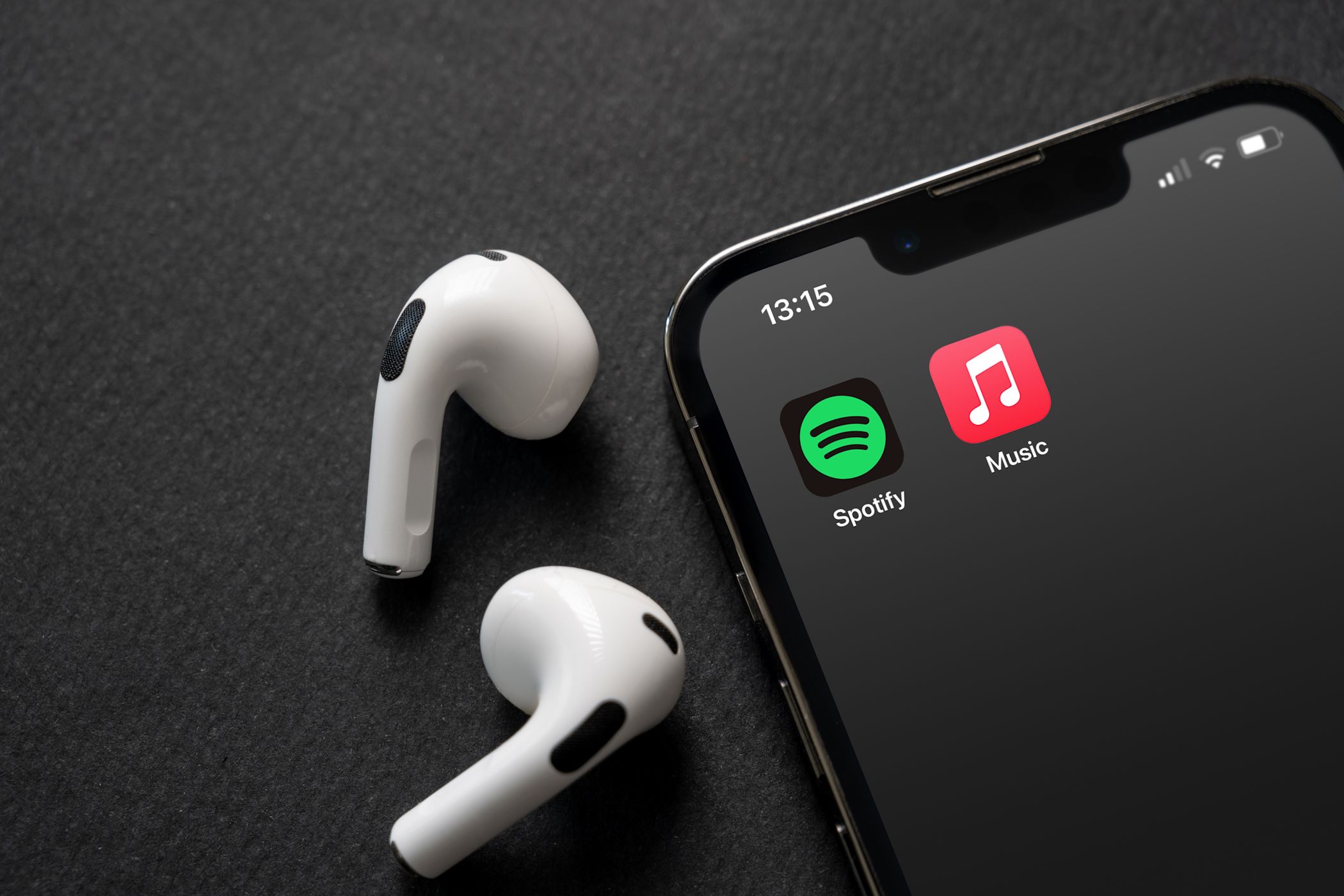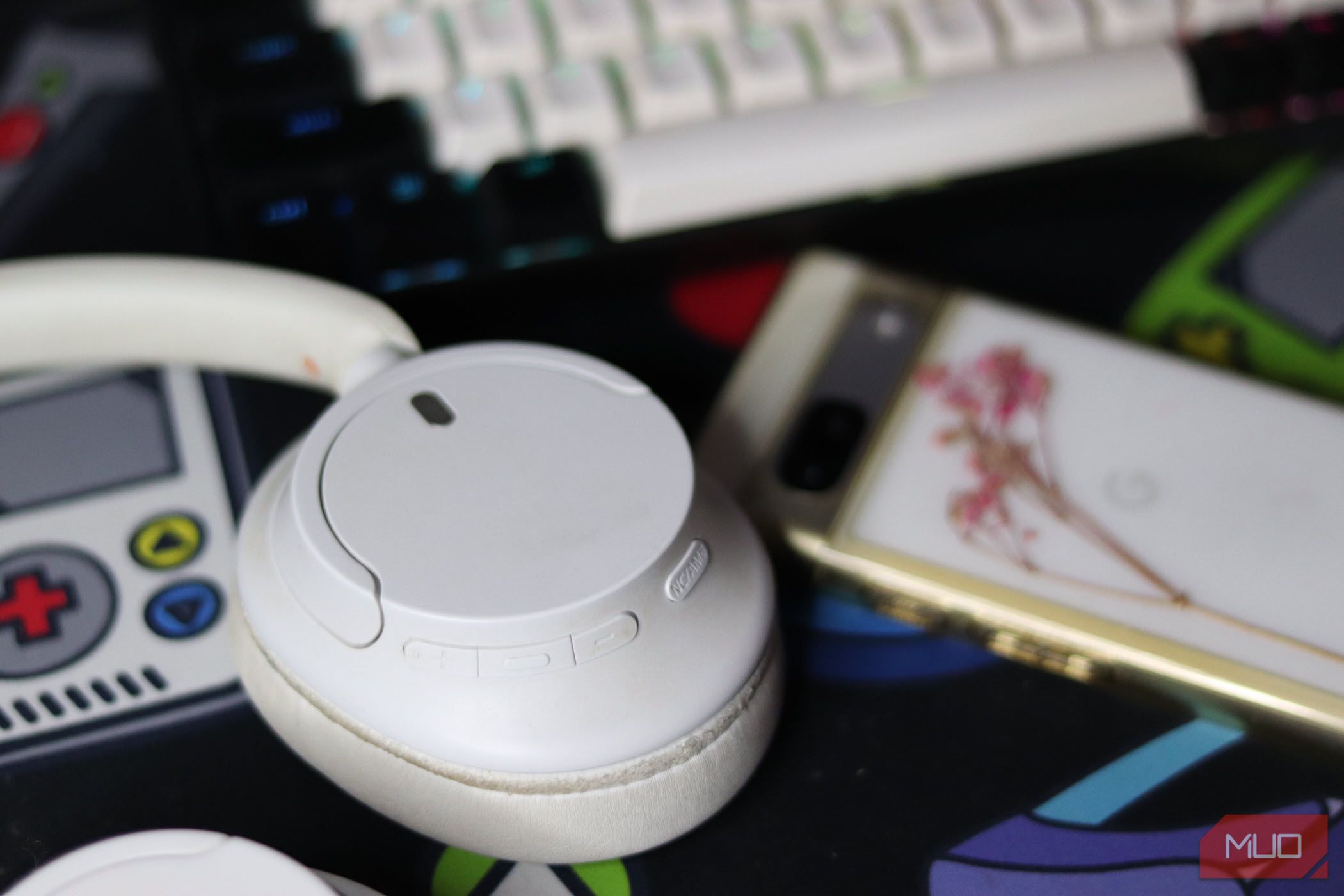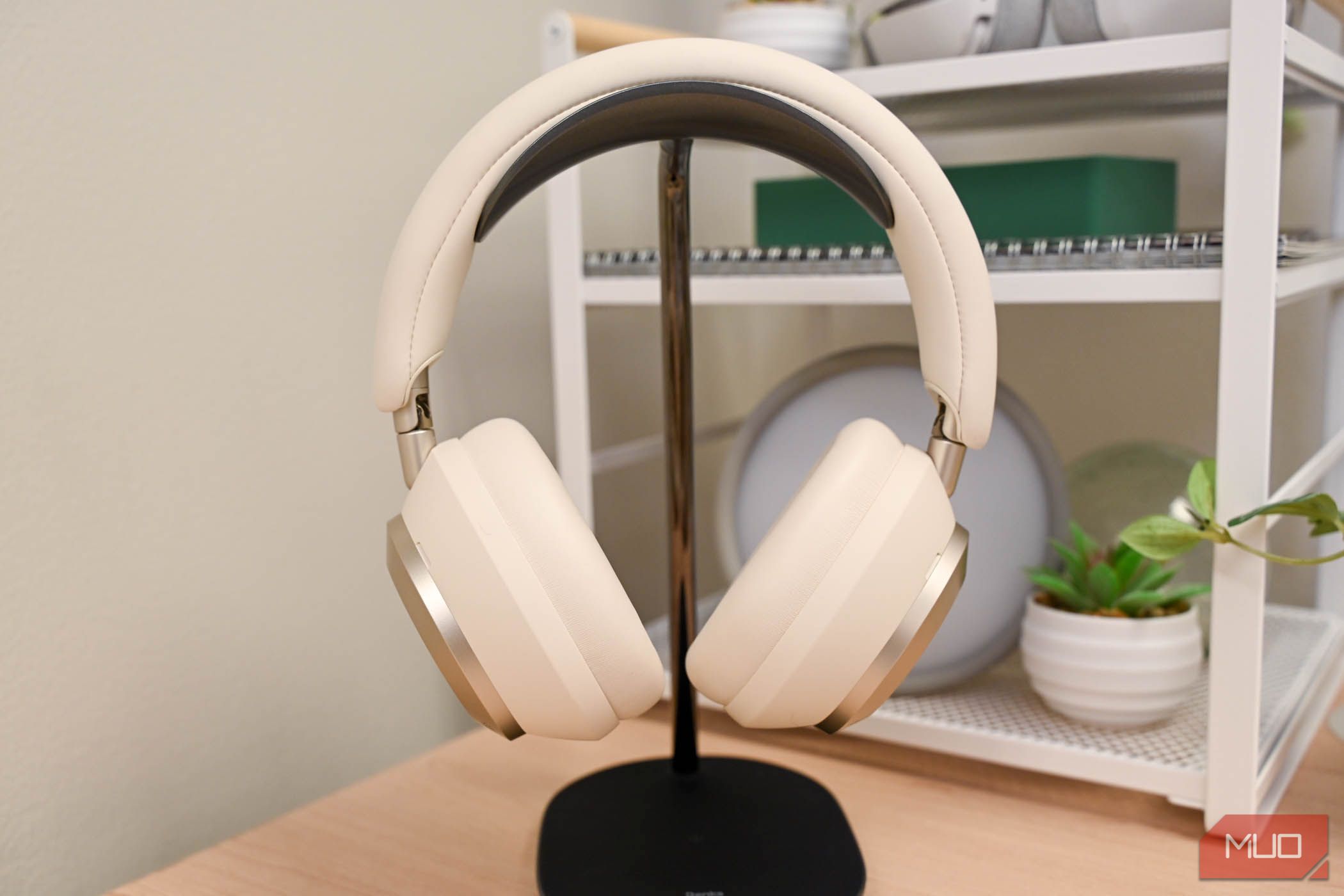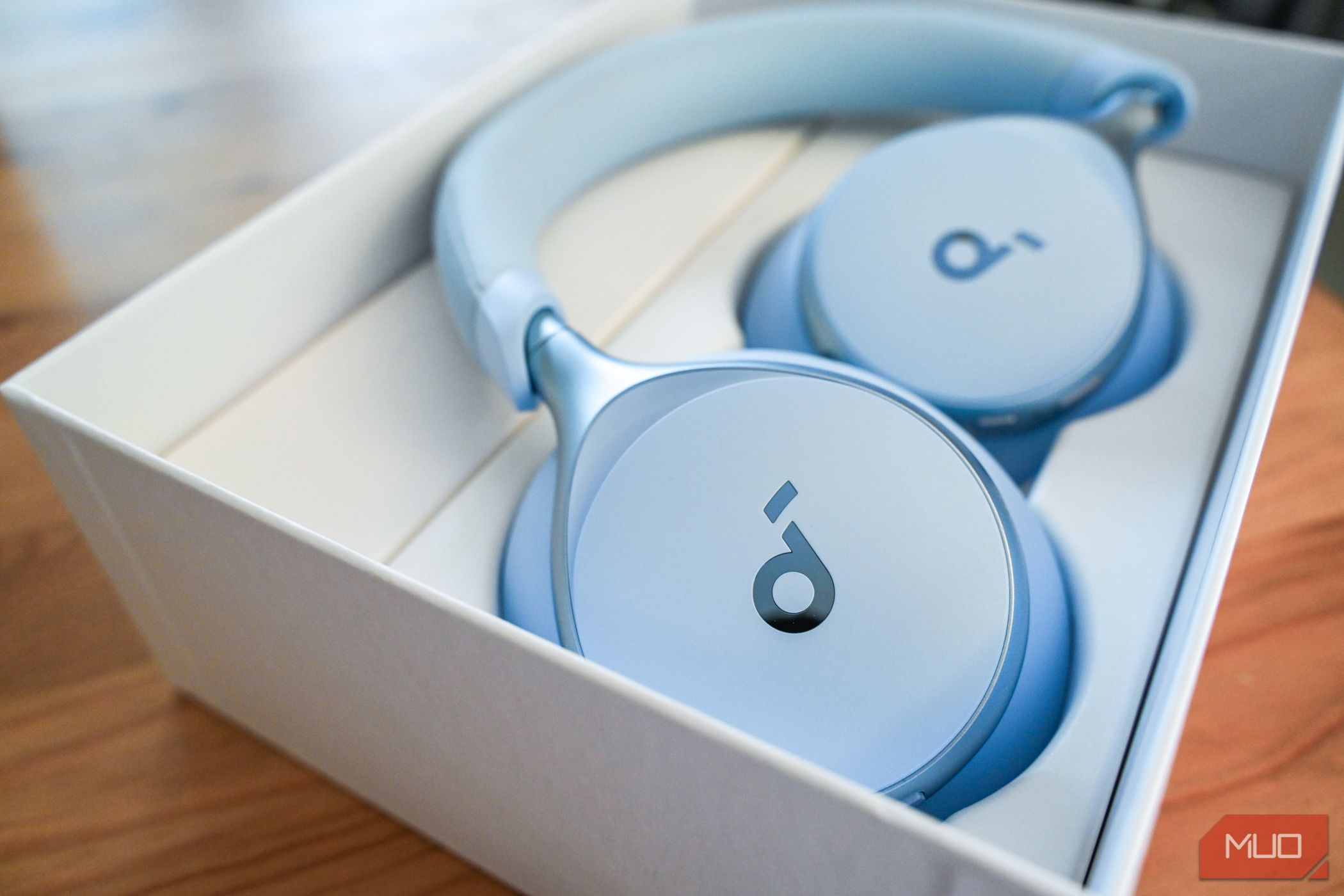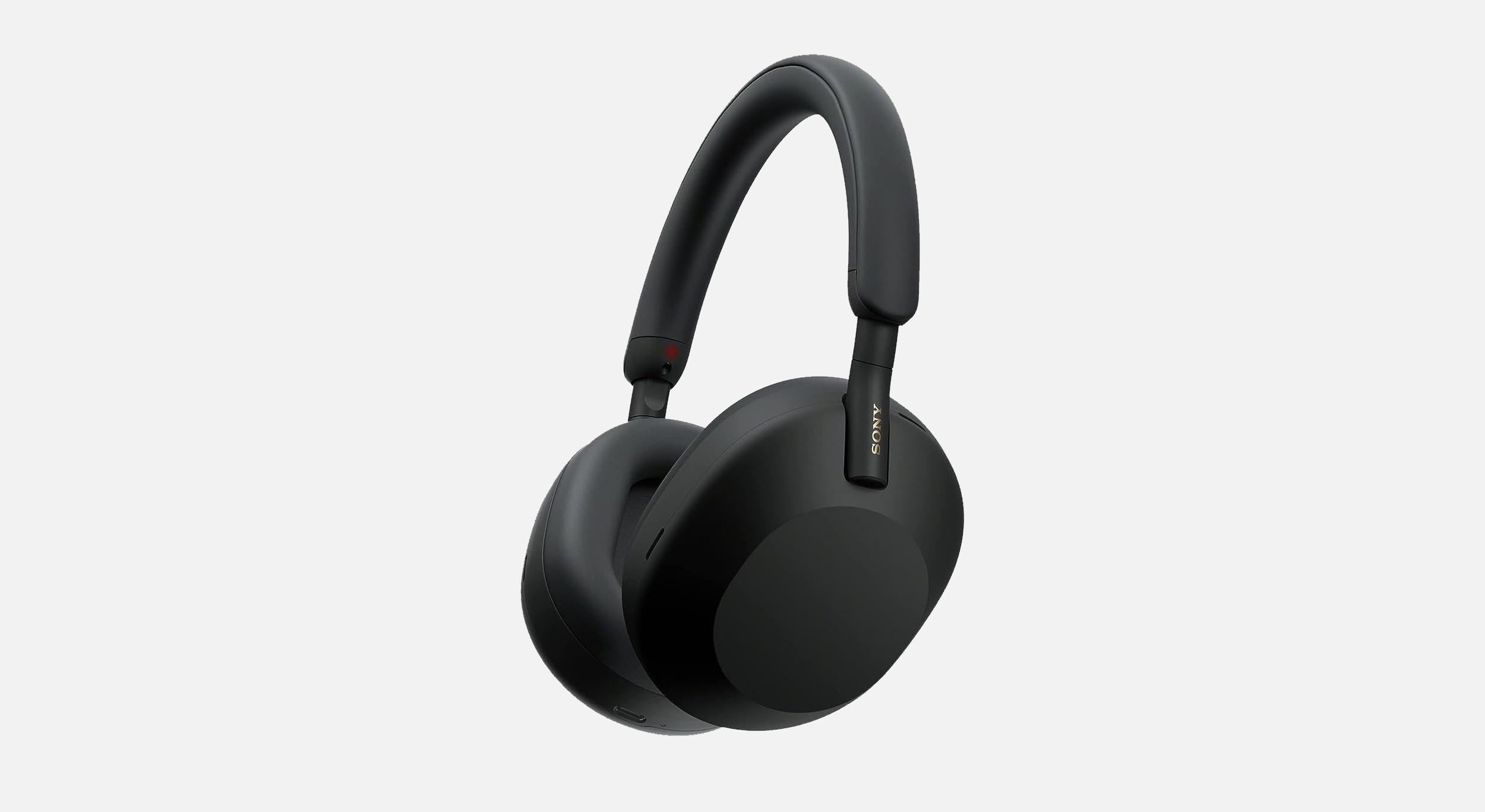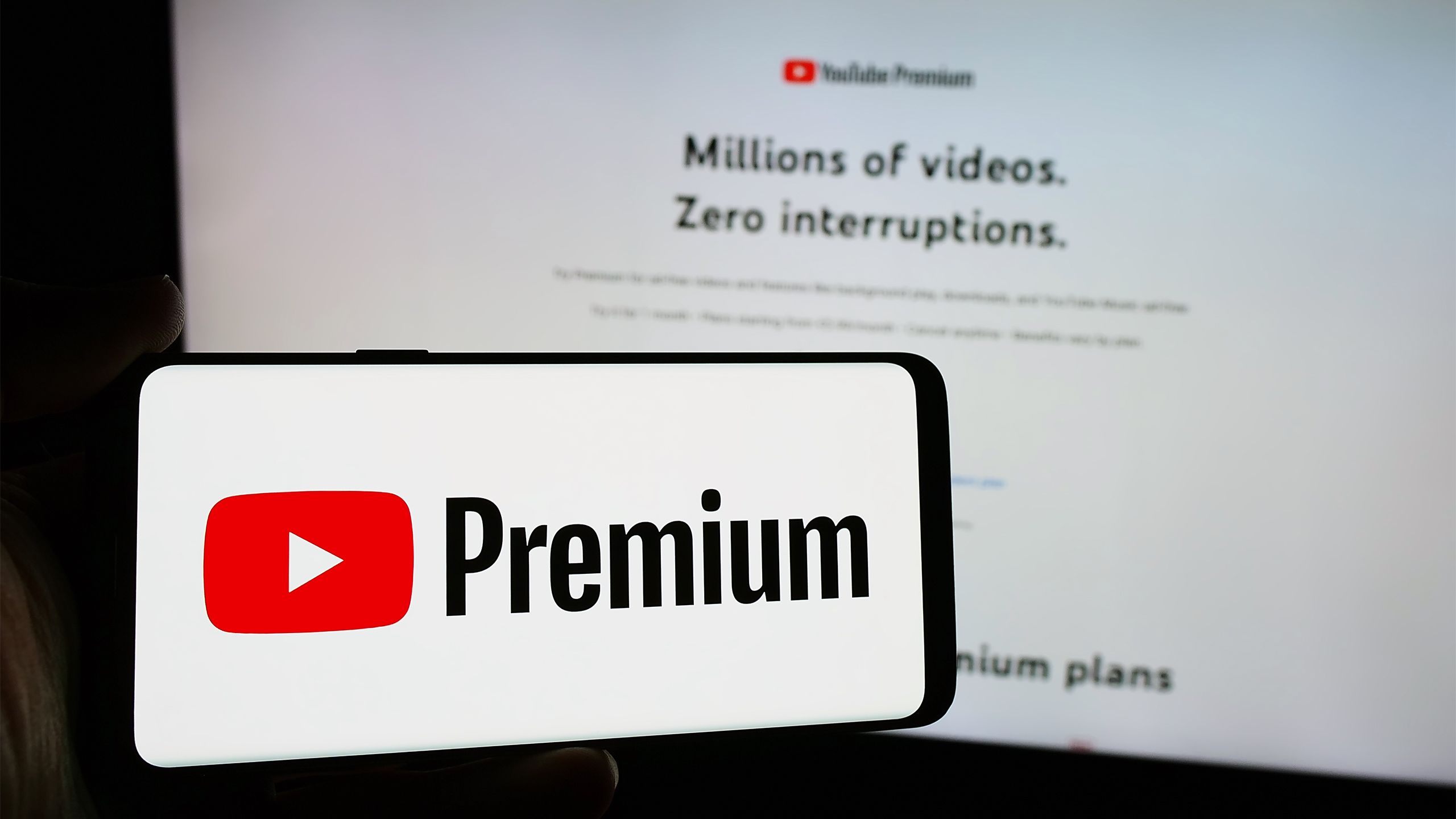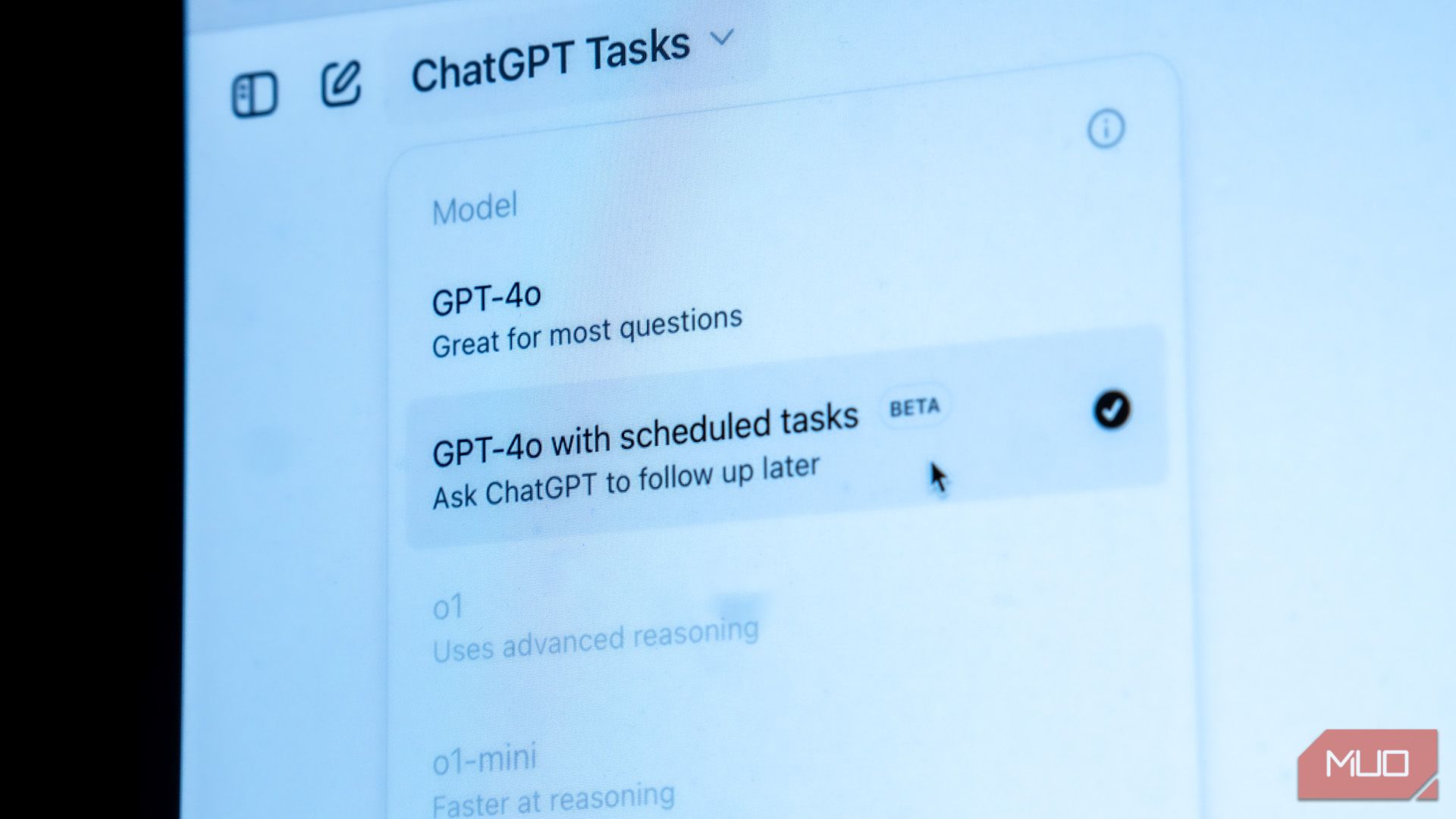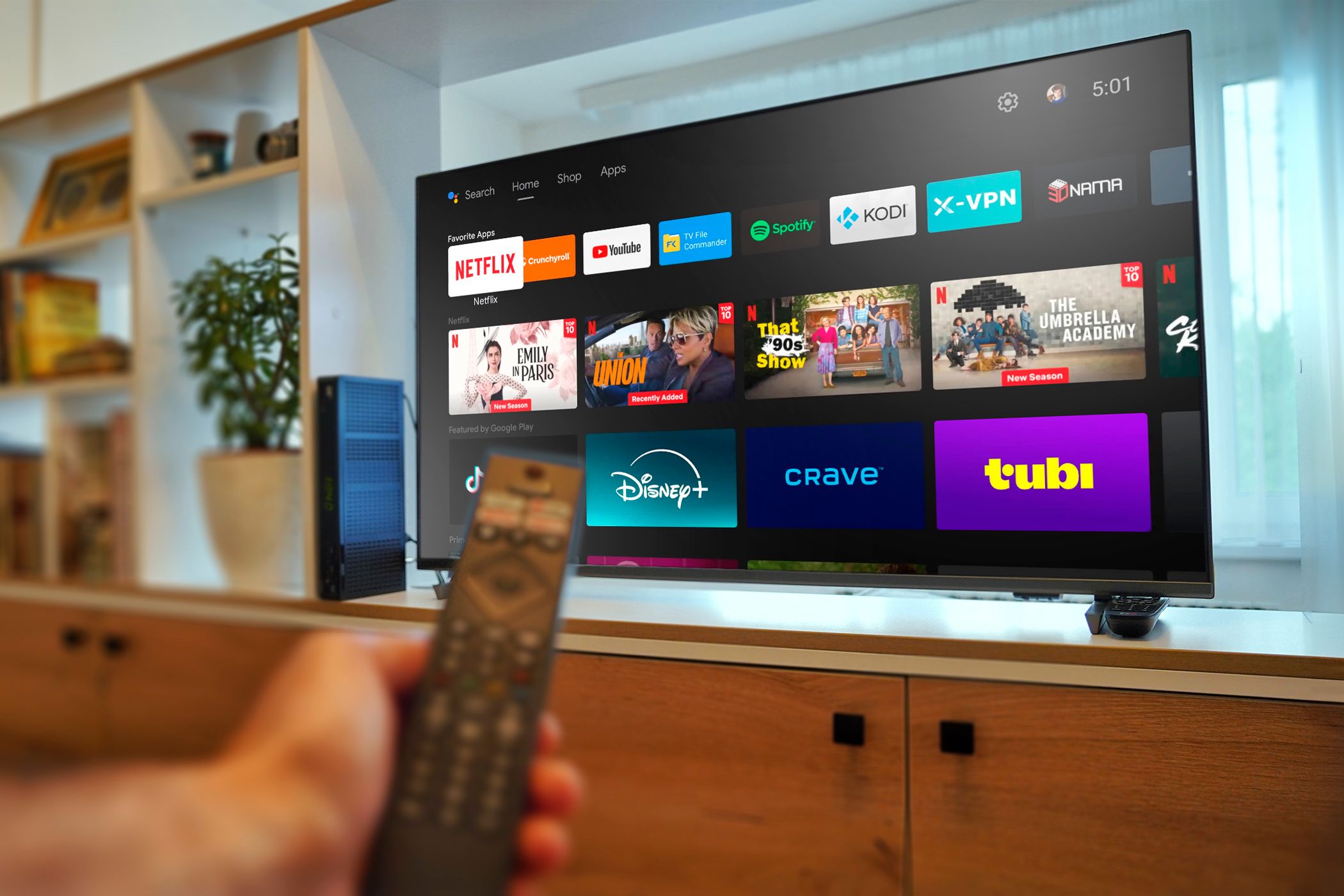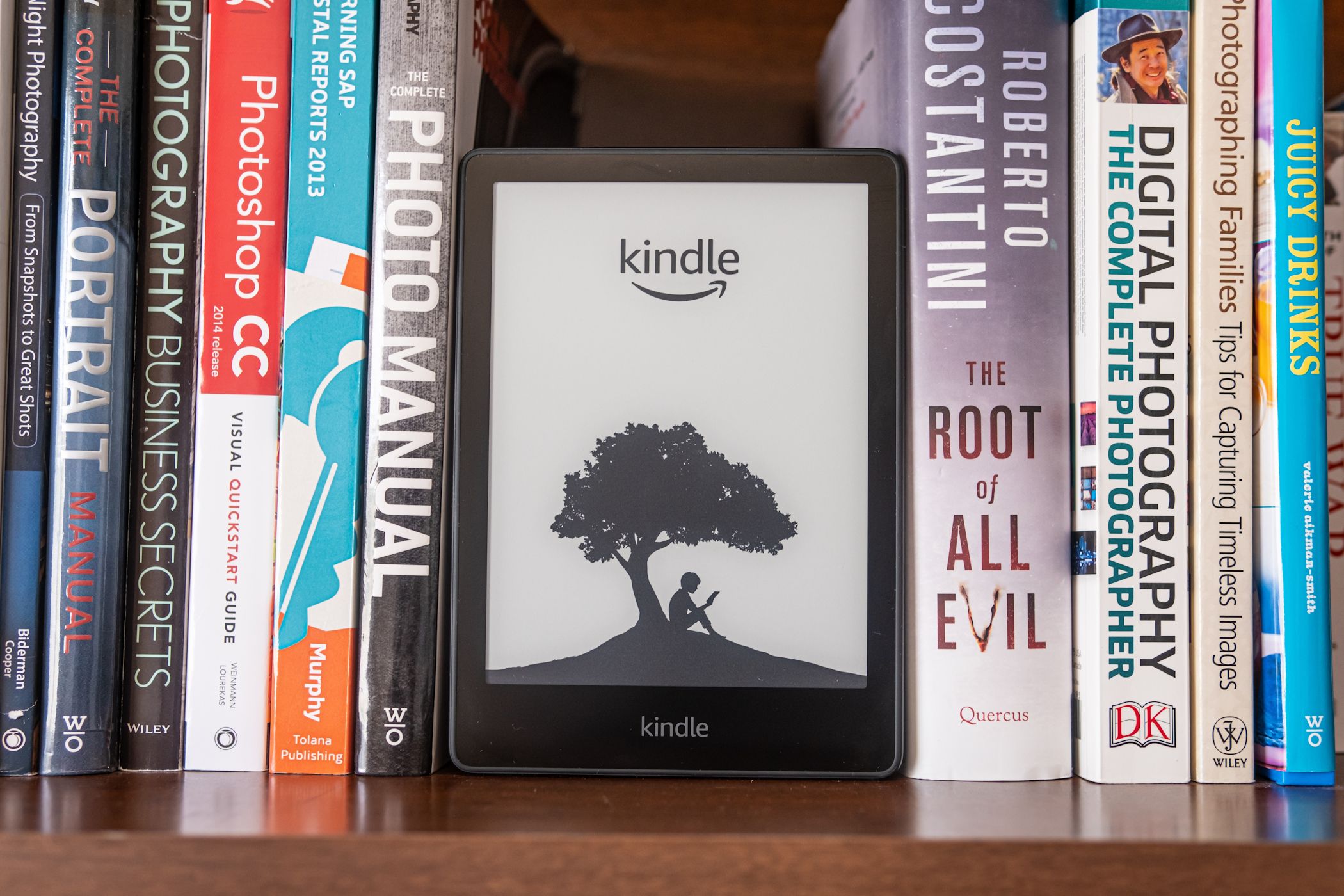Summary
- Audiophile-grade headphones offer immersive audio & quality materials but at a higher cost.
- Consumer headphones provide convenience, features, and good sound quality at a more affordable price point.
- Spending $200-$300 is the most you should spend for headphones with great features and sound quality in mind—but you can spend much less.
Good tech has always been expensive, especially if you’re talking about headphones. Audiophile-grade headphones can run into thousands of dollars on the promise of a superior listening experience. However, having tried them, I’ve decided to stick to my consumer headphones.
What Do “Audiophile” Headphones Bring to the Table?
As you can probably guess, the whole idea of these audiophile-grade headphones revolves around creating the best sound quality and listening experience possible. That’s why many of these headphones are big in both size and cost to your wallet.
These headphones are made to replicate the experience of listening to a piece of music live. You get to hear a significantly larger range of frequencies, which includes instruments, vocals, or editing that you might miss out on when using cheaper headphones. Not only do you hear every instrument, note, and vocal clearly, but the overall feel of the audio is also much more immersive. It truly is something you have to experience to fully understand.
Other benefits include better fit, finish, and materials used in the headphone’s body. They’re also often open-back, compared to the closed-back design on most consumer-grade headphones. The difference between closed-back and open-back headphones can significantly affect audio quality, which you need to be aware of. That’s about where the benefits end in my opinion.
Audiophile headphones have massive drivers to run, they require more power—a major reason why you won’t often see wireless offerings in this space. Using a cable helps offset the impedance required to run the drivers. This means that you’ll need to add a DAC, as most phones don’t have a headphone jack, and your PC might be unable to power the headphones to their full capabilities. After all, if you want to enjoy lossless audio, you need to have the equipment for it.
Speaking of which, there’s a difference between lossless and hi-res audio. Your regular Spotify or YouTube Music subscription might not cut it, meaning you’ll likely spend more on a lossless audio service. Creature comforts like multi-pair and noise cancellation are also not included.
Overall, buying and using audiophile-grade headphones is a much more expensive and committed affair. If you want to hear every single beat of your music, by all means, go ahead. But living with all this extra hassle becomes very difficult every day.
Why Your “Average” Headphones Are Good Enough
Most consumer-grade headphones, even if you’re looking at the mid-range ones, offer a ton of convenience and features while ensuring sound quality doesn’t take a massive hit. You can buy something as cheap as Sony’s WH-CH720N and get features like dual-device pairing, noise cancellation, and excellent audio quality for as low as $149.
If you step up to something more flagship level like the WH-1000XM5, the Bose QC35 II, or even the Apple AirPods Max, you get much better battery life and noise cancellation alongside a healthy boost in sound quality. Those are some really good-sounding headphones. In my opinion, there’s a point of limited return here, and after these, the difference between general headphones and audiophile-grade headphones starts to blur.
Wireless connectivity is also a massive convenience. I own a pair of Sennheiser HD518 open-back headphones and a WH-CH720N, and I always find myself reaching for the WH-CH720N because they sound good enough and remove much of the resistance between my music and me.
On the Sennheiser’s, I have to sit down at my desk and plug my headphones into a DAC before I start listening to anything—not very handy when you’re in a crowded subway or walking down the street. They also don’t have any noise cancellation, meaning in a city environment, you’ll hear every sound in your surroundings. All for an increase in audio quality you may or may not be able to hear in the first place.
Not many people can tell the difference in audio quality beyond what you already get with most streaming services. Consumer-grade headphones take this into account to create products you can use in your everyday life without adding extra weight or hassle. They’ve also come a long way, and as long as you pick a decent pair of headphones, you won’t have any complaints about the sound quality.
Wireless tech has improved significantly over the years, to the point where I use wireless tech anywhere I can. You can get pretty good range, battery life, and performance on most good wireless headphones and given the convenience they offer, the decrease in sound quality seems a small price to pay.
How Much Should You Spend?
Headphone prices are affected by many factors, including design, features, and sound quality. How much you spend is entirely up to you—what features you like and the sound signature and quality you prefer. We’ve already covered how much you should spend on headphones and what you can expect in each price range. To recap, $200-$300 is about the most you need to spend.
With the wireless headphone and earbud market heating up, there are plenty of options in the sub-$100 range, such as the Soundcore Space One headphones (check out our Soundcore Space One review). You can spend as low as $20-30 and get a good-sounding pair of TWS (truly wireless) earbuds. Headphones will cost you a little more, with the better options veering towards the $100 price tag.
In any case, you’ll find headphones in every price range, which will be a good deal for the money. Sure, they won’t be made with premium materials and fancy features, but they’ll be plenty good for listening to some music on the go.
You can also step up to the $300-$500 range and get flagship consumer headphones, like the Sony WH1000XM5, with the best features and sound quality possible. At that price, you’re also entering the audiophile entry-level range, and you’ll find some really good-sounding headphones, albeit with the aforementioned drawbacks.
If you drop the audiophile tag and start looking at the practical use of headphones, you’ll be able to get a much more versatile pair of headphones that you can use every day. Yes, it won’t sound audiophile-level, but they’ll sound pretty darn good.

